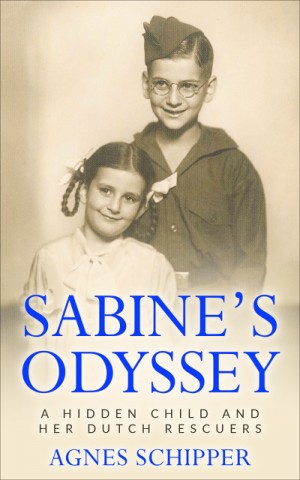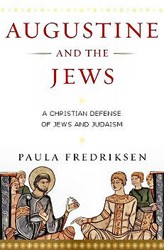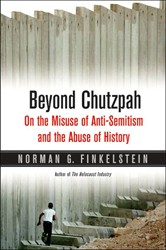After the horrors of the Holocaust, reasonable people assumed or maybe hoped that this persistent prejudice, the “longest hatred” as Robert Wistrich called it, would finally slide into obsolescence. But today the evidence is unmistakable that anti-Semitism is dramatically on the rise again and that it is global and powerful. The torching of European synagogues, suicide terror in Israel, the Holocaust denial literature spreading throughout the Muslim world, the relentless comparison of Israelis to Nazis, the violence and calumny erupting on American and Canadian college campuses, the paranoid conspiracy theories, the proliferation of anti-Semitic literature harking back to medieval myths of blood libel, all suggest that anti-Semitism is alive and well and that it has become appealing and socially and politically acceptable to many.
Antisemitism: A History offers a readable overview of the historical context and reach of this old and now “new” and renewed social pathology. The editors, Albert Lindemann and Richard Levy, experts in the field, have gathered an impressive group of recognized scholars who have taken into account the most important developments in their areas of expertise. The fifteen essays contained in the volume for the most part provide succinct and readable introductions to the history and nature of anti-Semitism, emphasizing thematic coherence and balance. Collectively, they cover a range of the topic, from the ancient world and the pre-Christian era, through the Medieval and Early Modern periods, to the Enlightenment and beyond. The later chapters focus on the history of anti-Semitism by region and country, looking at Germany and Austria, France, the English speaking world, Russia and the Soviet Union, Eastern Europe, the Arab and Muslim world, and Nazi Germany. The editors provide an excellent introductory chapter that deals with the issues of definition, uniqueness, theory, ideology, and action as well as a suggestive conclusion that reflects on the challenges of the new anti-Semitism.
The essays are uniformly good with several, particularly the contributions of the editors; Doris Bergen on Nazi era anti-Semitism, Norman Stillman on anti-Semitism in the Islamic world and Meir Litvak and Esther Welman on Israel and anti-Semitism, being especially impressive. One notable weakness is the barely three pages devoted to American anti-Semitism. To readers seeking a short book that covers a daunting and complex phenomenon, this book will not disappoint.




